What Was It Like When The Universe First Created More Matter Than Antimatter?
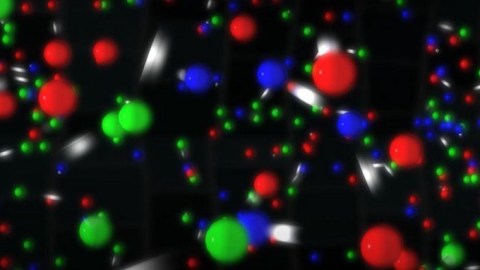
The Universe was born with equal amounts of matter and antimatter. How did matter win?
13.8 billion years ago, at the moment of the Big Bang, the Universe was the hottest it’s ever been in history. Every single known particle exists in great abundance, along with equal amounts of their antiparticle counterparts, all smashing rapidly and repeatedly into everything around them. The spontaneously create themselves from pure energy, and annihilate away into pure energy whenever particle-antiparticle pairs meet up.
Additionally, anything else that can exist at these energies — new fields, new particles, or even dark matter — will spontaneously create itself under these conditions, too. But the Universe cannot sustain these hot, symmetric conditions. Immediately, it not only expands, but cools. In a fraction of a second, these unstable particles and antiparticles vanish, leaving a Universe favoring matter over antimatter. Here’s how it happens.
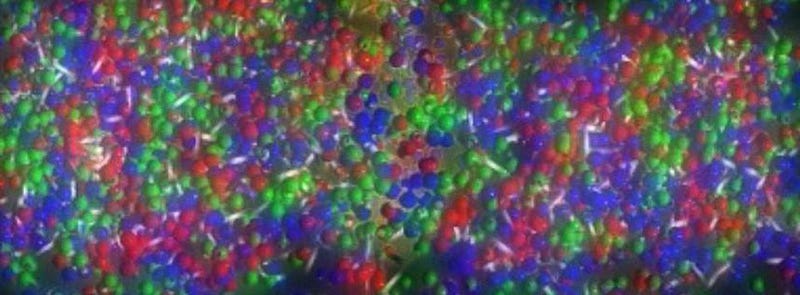
At the moment of the Big Bang, the Universe is filled with everything that can be created up to its maximum total energy. There are only two barriers that exist:
- You have to have enough energy in the collision to create the particle (or antiparticle) in question, as given by E = mc².
- You have to conserve all the quantum numbers that need to be conserved in every interaction that takes place.
That’s it. In the early Universe, energies and temperatures are so high that you not only make all of the Standard Model particles and antiparticles, you can create anything else that energy allows. This could include heavy, right-handed neutrinos, hypothetical particles that are composites of quarks and leptons, supersymmetric particles, or even high-energy bosons that are present in Grand Unified Theories.
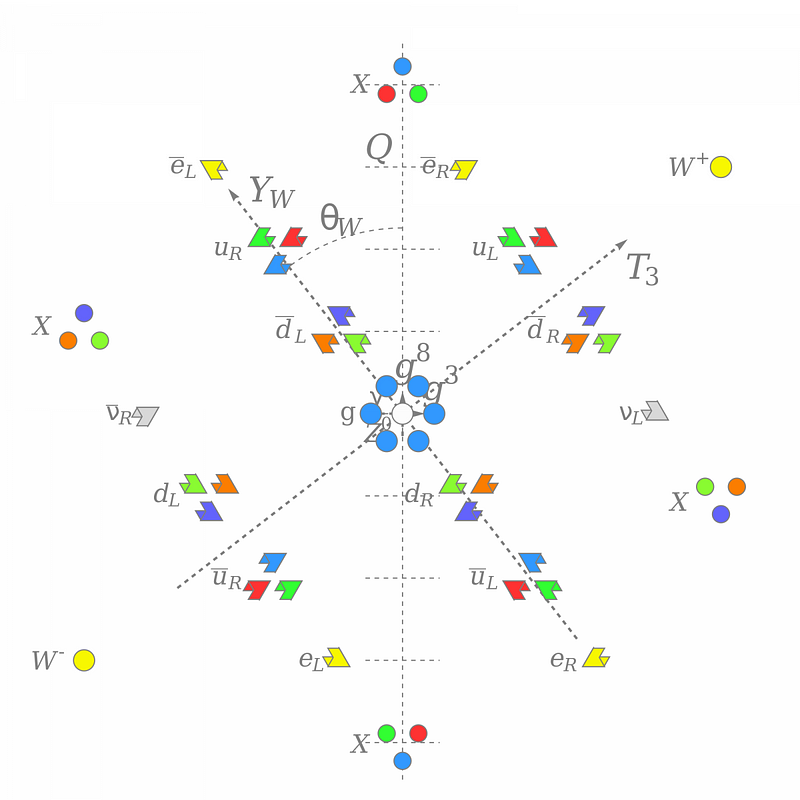
It isn’t certain that any of these particles can exist in our Universe. They’re theoretically allowed, but that doesn’t mean they physically must exist. In order to prove it, we’ll have to actually achieve the energies necessary to create them. This is a daunting task, as the energies achieved in the earliest stages of the Universe are approximately a factor of a trillion (10¹²) higher than the maximum energies achieved in particle collisions at the Large Hadron Collider at CERN. The most powerful thing we’ve ever created in all of human history pales in comparison to the early Universe.
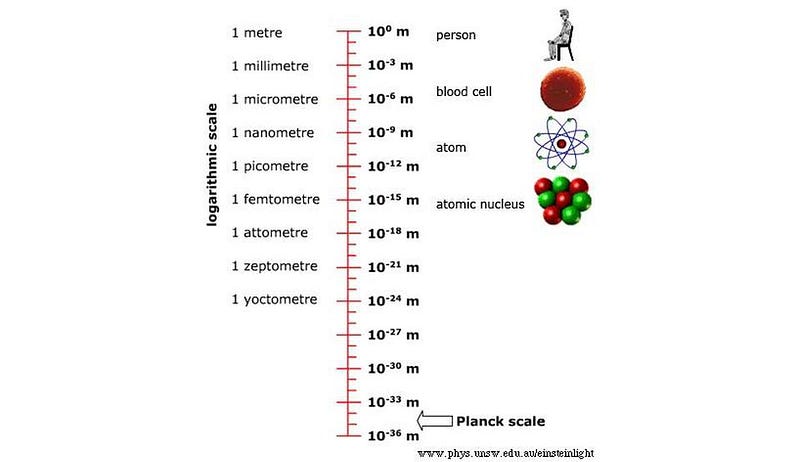
Immediately, the Universe expands, and as it does, it not only gets less dense, but cools. The one factor that determines the energy of any quantum of radiation is its wavelength: short wavelength means higher energy, while long wavelength means lower energy. When the Universe is at its hottest and densest, the wavelength of light is at its shortest. But as the fabric of space expands, the wavelengths of the radiation within it stretches and lengthens.
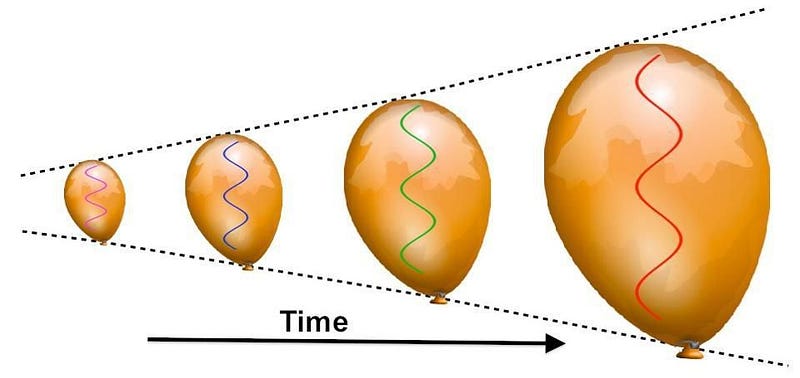
This means, in very short order, the expanding Universe cools tremendously. With lower energies available, it becomes harder and harder to create particles of a given mass. E = mc² works both ways: particle-antiparticle pairs can annihilate into radiation, but collisions can also spontaneously create particle-antiparticle pairs. If there are new particles (and/or antiparticles) beyond what’s in the Standard Model, they’re created at ultra-high energies, but then cease being created when the Universe fall below a certain threshold temperature.
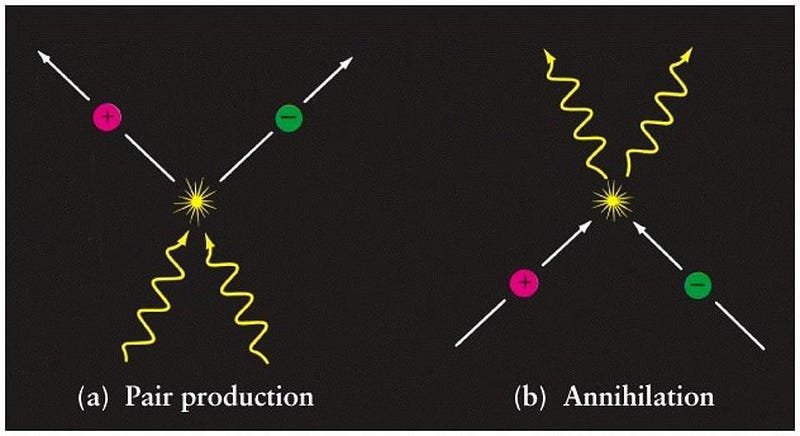
What happens to the particles-and/or-antiparticles that are left over from that time? There are three possibilities:
- They annihilate away, like particle-antiparticle pairs are supposed to, until their densities are low enough that they can no longer find one another to collide with.
- They decay, like all unstable particles, into whatever decay products are allowable by the laws of physics.
- They happen to be stable, and remain until the present day, where they influence the Universe and can be detected.
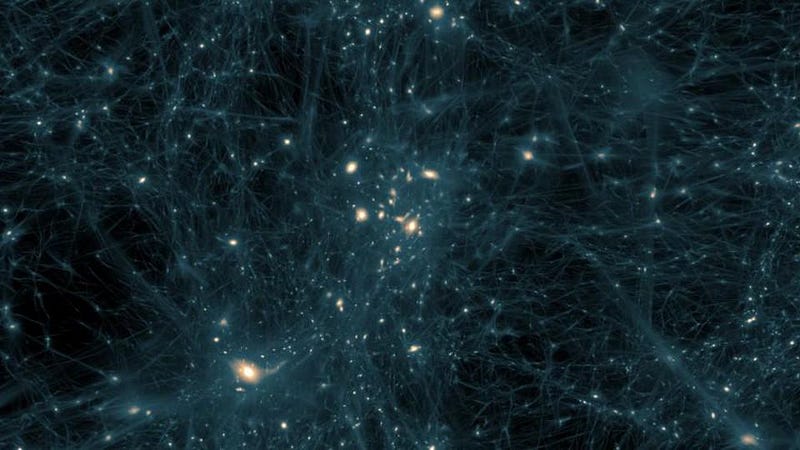
The first possibility happens for everything imaginable, but always leaves some relic particles behind. If what’s left over is stable, it makes an excellent dark matter candidate. Right-handed neutrinos and the lightest supersymmetric particle make excellent dark matter candidates in exactly this vein. They:
- are massive,
- are created in great numbers,
- then some of them annihilate away,
- leaving the rest to persist until the present day,
- where they no longer interact substantially with any of the particles in today’s Universe.
That’s a perfect recipe for dark matter. But if what’s left over isn’t stable, like hypothetical superheavy boson particles that arise in grand unification scenarios, they create a perfect recipe for creating a Universe with more matter than antimatter.

Let’s illustrate how this works with an example. In the Standard Model, we have two types of fermions: quarks, which make up atomic nuclei, and leptons, like the electron or neutrino. Quarks contain a quantum number known as baryon number. It takes three quarks to make one baryon (like a proton or neutron), so each quark has a baryon number of +1/3. Each lepton is its own entity, so every electron or neutrino has a lepton number of +1. Antiquarks and antileptons have correspondingly negative values for lepton and baryon numbers.
If grand unification is true, then there ought to be new, super-heavy particles, which we’ll call X and Y. There also ought to be their antimatter counterparts: anti-X and anti-Y. Instead of baryon or lepton numbers, however, these new X, Y, anti-X and anti-Y particles only have a combined B – L number, or baryon number minus lepton number.
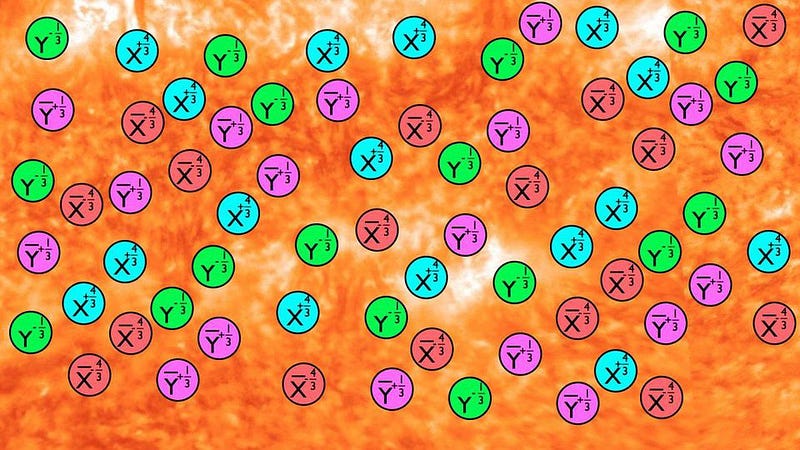
At high energies, plenty of these new particles and antiparticles are created. Once the Universe expands and cools, however, they’ll either annihilate away or decay, without the energetic possibilities of making new ones. There’s a powerful theorem in physics that dictates how these particles can decay. Any decay that the X or Y particle exhibits, the anti-X or anti-Y particle needs to have the corresponding antiparticle decay pathway. That symmetry must exist.
But what doesn’t need to be symmetric is known as the decay branching ratios: which decay pathway the particles or antiparticles prefer. We’ve already seen these ratios differ in the Standard Model, and if they differ for these hypothetical new particles, we can spontaneously wind up with a Universe that prefers matter over antimatter. Let’s take a look at one specific scenario that shows this.
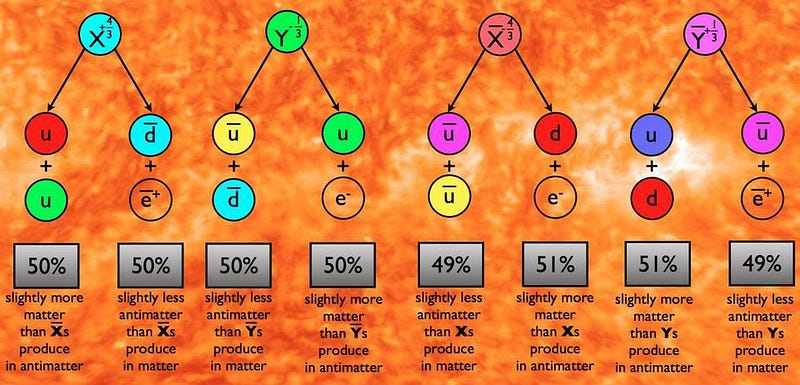
Say your X-particle has two pathways: decaying into two up quarks or an anti-down quark and a positron. The anti-X must have the corresponding pathways: two anti-up quarks or a down quark and an electron. In both cases, the X has B – L of +2/3, while the anti-Xhas -2/3. For the Y/anti-Y particles, the situation is similar. But here’s how you make a Universe with more matter than antimatter: the Xcould be more likely to decay into two up quarks than the anti-X is to decay into two anti-up quarks, while the anti-X could be more likely to decay into a down quark and an electron than the X is to decay into an anti-down quark and a positron.
If you have enough X/anti-X and Y/anti-Y pairs, and they decay in this allowed fashion, you’ll get an excess of baryons over antibaryons (and leptons over anti-leptons) where there was none previously.
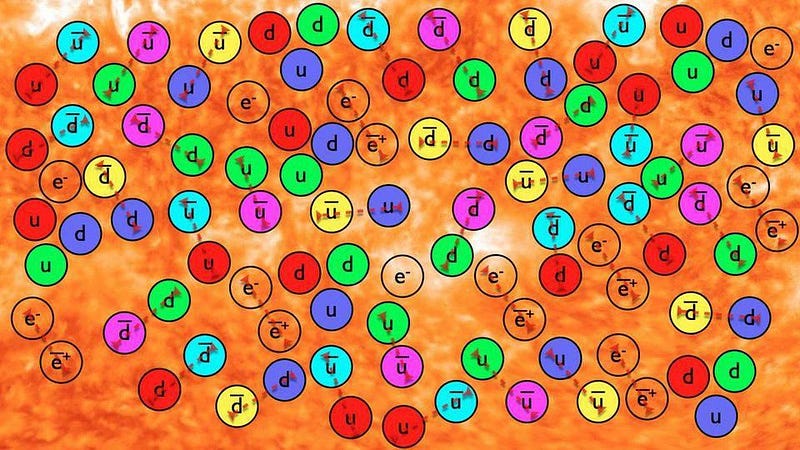
This is only one of three known, viable scenarios that could lead to the matter-rich Universe we inhabit today, with the other two involving new neutrino physics or new physics at the electroweak scale, respectively. Yet in all cases, it’s the out-of-equilibrium nature of the early Universe, which creates everything allowable at high energies and then cools to an unstable state, which enables the creation of more matter than antimatter. We can start with a completely symmetric Universe in an extremely hot state, and just by cooling and expanding, wind up with one that becomes matter-dominated. The Universe didn’t need to be born with an excess of matter over antimatter; the Big Bang can spontaneously make one from nothing. The only open question, exactly, is how.
Further reading on what the Universe was like when:
- What was it like when the Universe was inflating?
- What was it like when the Big Bang first began?
- What was it like when the Universe was at its hottest?





